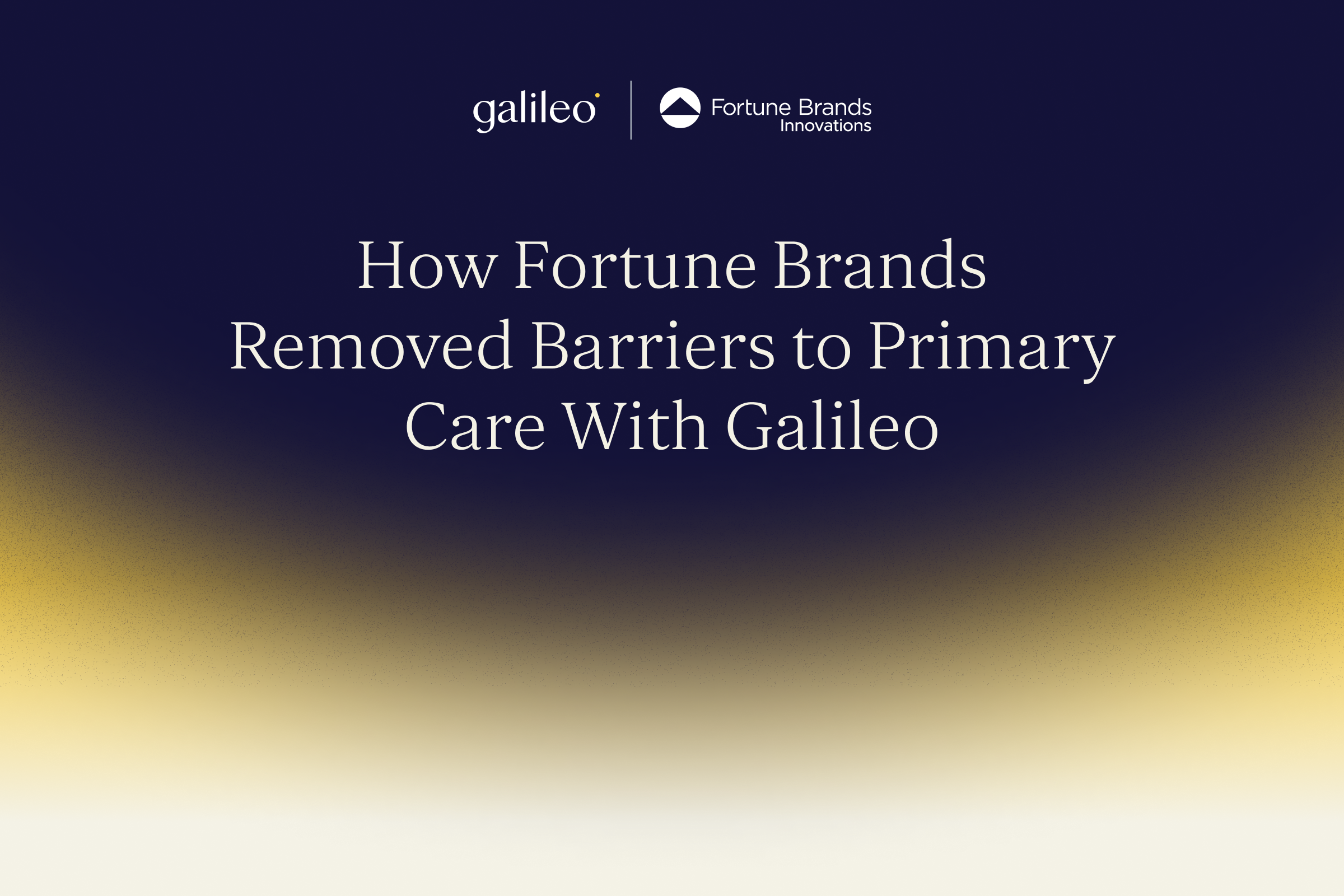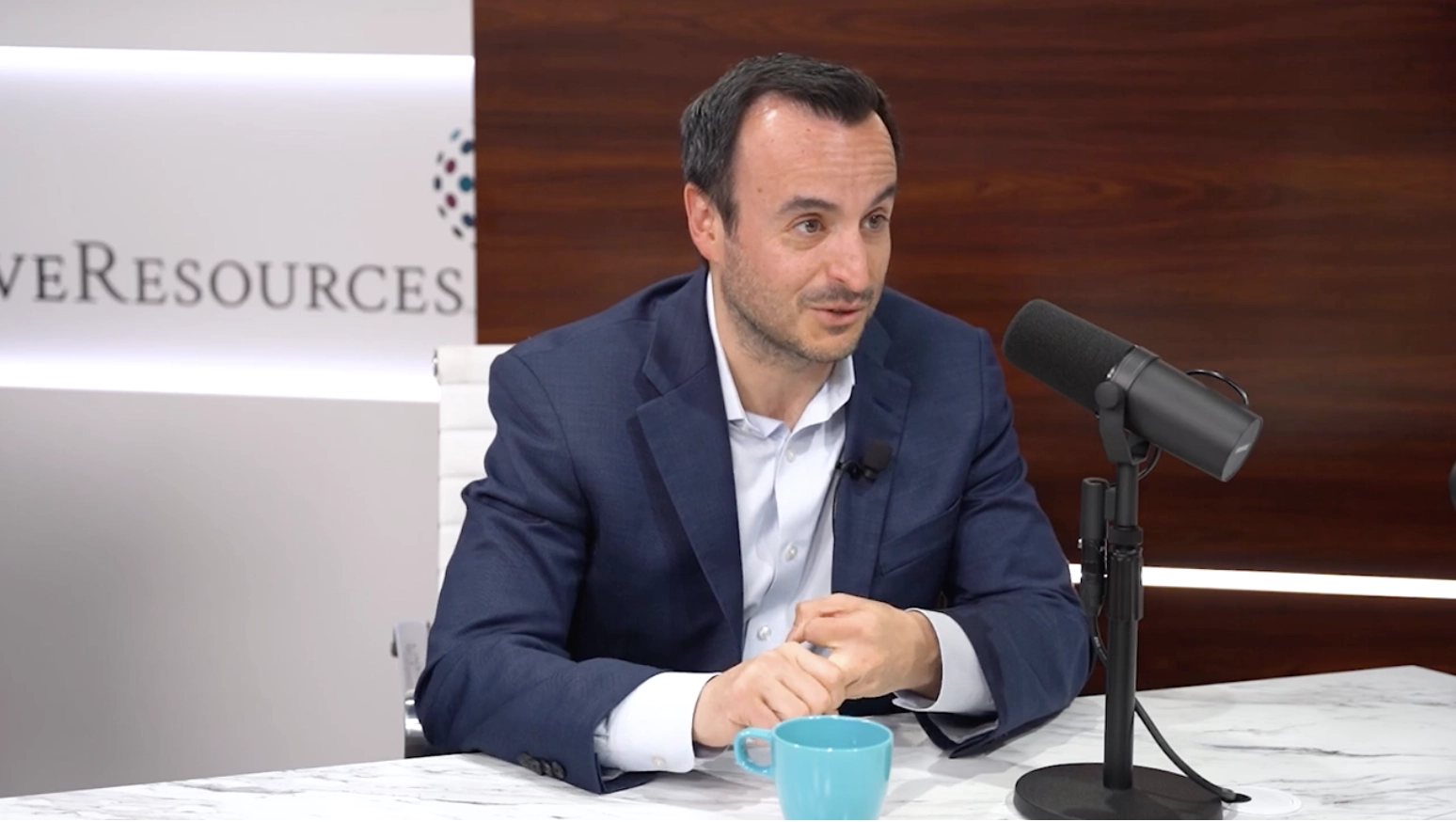Healthcare Investments: What Really Matters to Chief People Officers
With a multitude of ways to optimize workforce effectiveness, how do leaders decide what levers to pull

Chief People and Human Resources Officers hold one of the most important functions in an organization: shaping workforce culture to get the best from their people and in turn, contributing to the success of companies. However, with a multitude of ways to optimize workforce effectiveness, how do they decide what levers to pull?
In order to understand how HR executives evaluate solutions, it’s helpful to first examine what’s important to them.
Across industries, organizational productivity remains a unanimous priority. Supporting employee health and wellbeing in order to promote efficiency and effectiveness, as well as ensuring that the needs of a broad and diverse workforce are met, are always top of mind for leaders.
However, today’s macroeconomic conditions mean that the days of unfettered spend and growth are a thing of the past. Limited revenue growth and access to capital have caused businesses to prioritize profitability and efficiency of spend. Consequently, decisions to invest in their people will be evaluated in light of this. This means that HR professionals need to think business first and adopt a commercial mindset when framing asks.
With the lens of People leaders focused on driving business outcomes, what’s the best way to make a pitch for a new benefit? Here are some helpful approaches to adopt to ensure your case gets heard.
Connect to the CEO/CFO’s business objectives and the operational plan
Acknowledge that efficiency and productivity are the keys to achieving executive priorities of profitability and growth. Highlight the importance of keeping employees focused, going the extra mile, innovating, and maximizing impact.
For example, if the business is focused on growth, highlight how the solution connects to driving sales, by keeping key talent performing at their peak and attracting the best talent needed in the future. If the business is focused on profitability, emphasize cost savings, productivity and impact to the bottom line.
Quantify the business impact and ROI
Highlight how this solution will impact various business metrics, both now and in the future. This includes employee productivity (will it save time?), impact to the bottom line (will it save money?), the ability to attract talent to deliver on business goals (will it be valued by key personnel?), and the ROI (will any added costs be paid back in the near term?).
Use trends and data to build your case
What’s valuable for employees to thrive in their roles isn’t often immediately obvious to the C-suite. Conduct regular surveys to gather feedback on what’s important to employees, the results of which can be segmented and used as proof points to make a case for specific population needs. Metrics such as employee attendance, absenteeism, productivity, the talent pipeline, and more can provide clues into potential problems that could have a bigger implication on the organization.
Proactively educate stakeholders
Be intentional about educating the entire People team along the way - from the CHRO to Talent Acquisition Leads to HR Business Partners - on trends and key issues in your space and why they matter. Don’t wait for them to come to you with a problem: educate them on solutions early and often. This investment will pay dividends when you’re making your pitch.
Organizations are only as successful as the quality of their workforces. Investing in the right benefits for your employees and providing them with the resources to succeed is directly linked to business performance.
Learn more about how and why to make the business case for higher-quality virtual care by reaching out to: partnerships@galileo.io









.webp)




